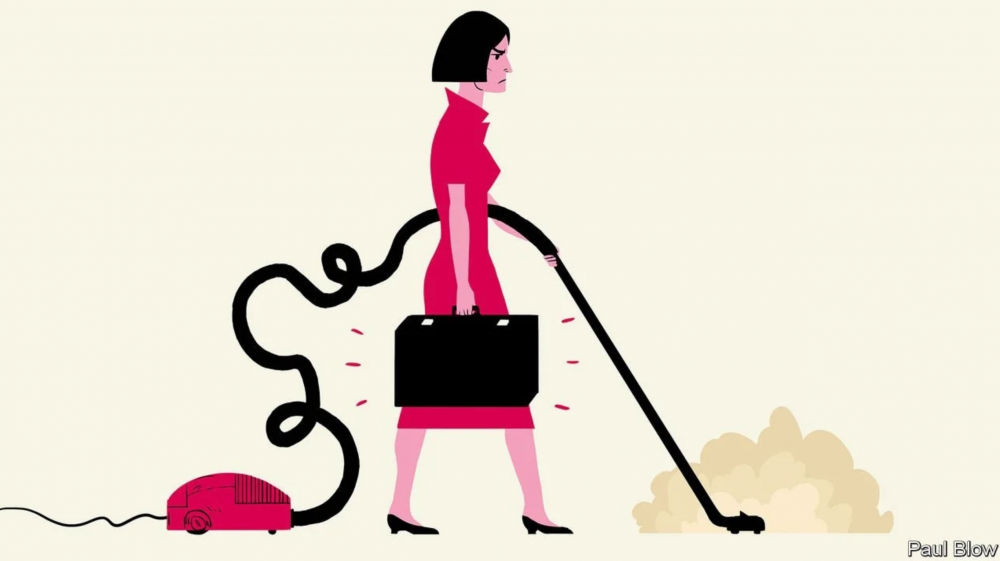Congratulations to our Spring 2021 Undergraduate Essay Contest-Runner up, Sipho Langa!
SIPHO LANGA – APRIL 4TH, 2021
The impact of the work-from-home policies implemented in response to the COVID-19 pandemic have permeated the lives of many. Professionals from most industries are experiencing new levels of flexibility that many have never seen before. Professors are moving to more desirable locations and teaching remotely, techies and bankers are fleeing big cities in search of smaller communities where their dollars go further, and that is just the tip of the iceberg. We have already seen the economic impact in the short-run; however, we are left to wonder what effects these policies will have in the long-run? I foresee three major changes being unavoidable, including the status quo for professional/work attire becoming more casual than before, the expectation of increased availability, and, lastly, a shift in the need for business travel.
The beginning of the pandemic marked a rise in Covid-19 cases and an unsurprising decline in business wear sales. With many work-from-home employees opting for more casual clothes, retailers like Tailored Brands, owners of Men’s Wearhouse and Jos. A. Banks are filing for bankruptcy left and right.1 Although numerous major retailers are filing for bankruptcy, their stores remain open and will likely take some time to completely disappear. The arguably overdue need for a shift in business wear has been expedited by the COVID-19 pandemic. To think it was only a few years ago when people scoffed at Mark Zuckerberg for wearing hoodies to business meetings only for it to now become commonplace.
The second major change that will arise is an increase in expected availability. Not only will it be expected from employers, but from family members as well. Employers want a productive workforce, yet working from home impedes much of this productivity, thus leading to longer workdays. Instead of a typical 9-to-5, some people are working until 8 or 9 PM, and data reflecting an average 2.5 hour increase in the average workday.2 Within the family, there are numerous accounts of children interrupting Zoom calls because they want attention from their parents. In the end this leads to new problems with work life balance. Although employees are home more, they are unable to be productive due to increased distraction.
The final long-term effect of the recent work-from-home policies is an inevitable change in business travel. Companies in the past allowed many members of their workforce to travel for work, whether that be for internal meetings, audits, or coverage. After a successful year of remote work, they have proved there is not a necessary need for travel in order to execute successful business deals. This would be a major cost savings for businesses in the U.S., who in 2019 alone spent $290.2 billion on travel.3 A potentially unintended consequence that would follow suit would be its effect on deal making. Companies would make deals based solely on numbers rather than personable interactions with potential business partners, since there would be no more (or less) business dinners, nights out, or golf outings.
The COVD-19 pandemic has altered the lives of many individuals, as well as companies, and will continue to do the same for the lives of working professionals. Whether it be as simple as working from home or a derivative of that luxury. A lasting increase in the desire to wear casual clothes and the daily number of hours spent working can be seen slowly making an emergence as a result of the work-from-home policies.
Works Cited
1 Bomey, Nathan. “Men’s Wearhouse, Jos. A. Bank Owner Tailored Brands files Chapter 11 bankruptcy amid store closings: See the list.” USA Today. August 4, 2020. https://www.usatoday.com/story/money/2020/08/03/mens-wearhouse-jos-a-bank-store-closings-tailored- brands-bankruptcy/5571035002/.
2 Guy, Jack. “Employees working from home are putting in longer hours than before the pandemic.” CNN. February 5, 2021. https://www.cnn.com/2021/02/05/business/working-from-home-hours-pandemic-scli-intl- gbr/index.html.
3 “Domestic Travel Fact Sheet.” U.S. Travel Association. March 2020. https://www.ustravel.org/system/files/media_root/document/Research_Fact-Sheet_Domestic-Travel.pdf.
Disclaimer: The views published in this journal are those of the individual authors or speakers and do not necessarily reflect the position or policy of Berkeley Economic Review staff, the Undergraduate Economics Association, the UC Berkeley Economics Department and faculty, or the University of California, Berkeley in general.



